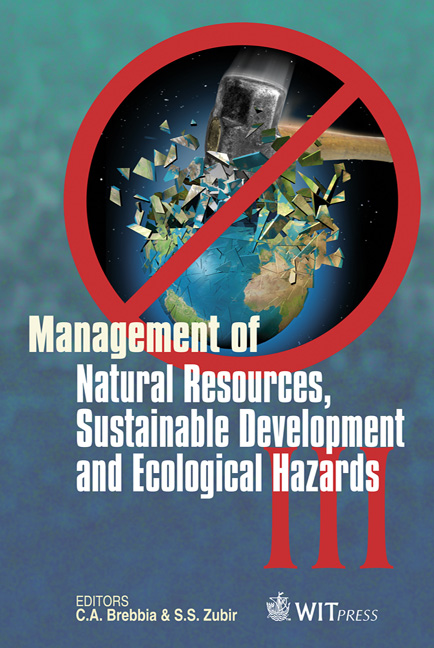Tessellating ‘Honeycombs’
Price
Free (open access)
Transaction
Volume
148
Pages
12
Page Range
141 - 152
Published
2011
Size
2215 kb
Paper DOI
10.2495/RAV110141
Copyright
WIT Press
Author(s)
A. F. I. Bajunid, M. Y. Abbas & A. H. Nawawi
Abstract
‘Tessellation planning’, an accidental innovation initiated by a local architect in Malaysia, fundamentally challenges rectilinear organisations of mass housing layouts which has mainly dominated the Malaysian mass housing landscape. This creative 2-dimensional tessellating method is merely a way of subdividing land into small triangles and interweaving hexagons. It is very much similar in theory to tessellating a surface with different varieties of patterned tiles to generate complex and unique patterns. These patterns resonates forms of Islamic Art, but rather than just mere colours, it is decoded into physical constructs of houses, gardens, parks and roads. Six ‘tiles’ unite to form a hexagon shaped ‘neighbourhood cul-de-sac’, containing a cluster of houses surrounding a small communal park. The collective ‘tessellation of honeycombs’, efficiently interlocks with one another, producing semi-pedestrian networks of a small township rendering synergistic harmony with nature. This paper aims at expressing that inspiring thought processes by identifying its artistic precedents; in bio-mimicking nature as well as its historical prototypes. These literature findings shall establish its quintessence. It is desired that the crux of this knowledge shall provide a design alternative to a much needed sustainable framework of affordable mass housing planning, towards cultivating and raising the quality of life in Malaysia. Keywords: tessellation planning, affordable honeycomb housing, cul-de-sac, neighbourhoods, Malaysia.
Keywords
tessellation planning, affordable honeycomb housing, cul-de-sac, neighbourhoods, Malaysia





